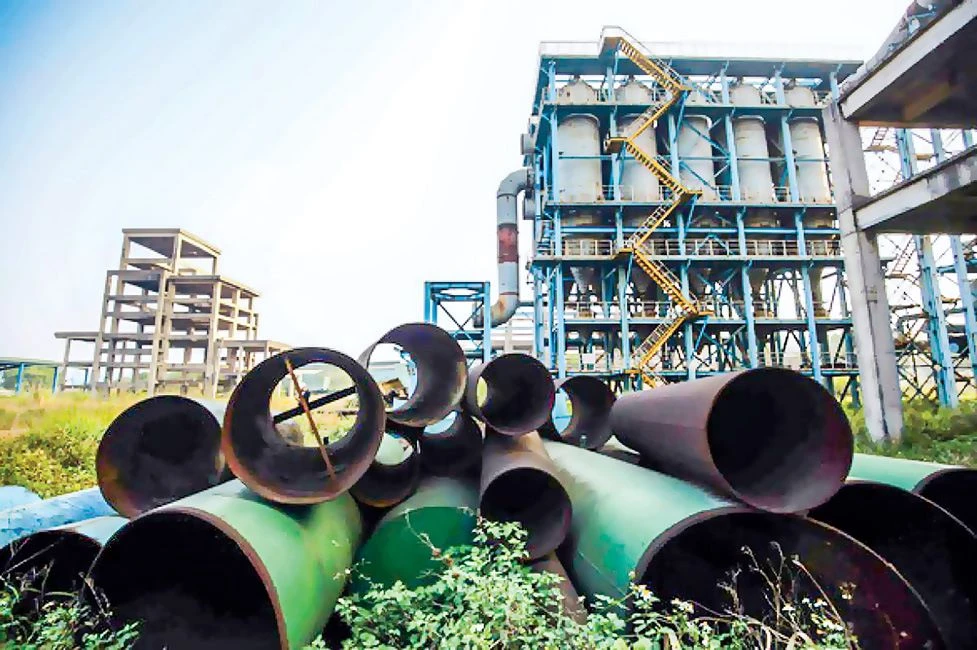
Slower divestment, higher loss incurved
The most common phrases that we usually hear regarding privatization or government capital divestment are “ensure highest benefits for state capital” or “ensure highest selling price” or “avoid loss of government capital”.
However, besides the above targets, the other objectives for the government to favor privatization of the SOEs are to improve effectiveness, corporate governance and create sustainable growth for SOEs.
Divestment is meant to reduce ownership of the government to a level that helps maintain the control of the government and also attract competent investors. However, in practice, the constraints to achieve this target still remain.
As the government continues to hold a controlling stake, the SOEs have found it hard to make a total restructuring change. So far, only 20 out of 25 privatized companies which did privatization based on Decision 1232/QD-TTG of the Prime Minister have been listed on the stock exchange. Only one corporation was divested totally by the government, while the shares of other eight SOEs have been thin trading. Notably, the government still holds 80-98% at these eight companies.
Frankly speaking, there has not been much improvement in bringing about more effectiveness of these companies after privatization. Some companies have even been operating worse than before.
In some cases, the delay in privatization or divestment has created losses in government capital. Over the last few years, there are many cases which reveal that the more we delay in divestments, the higher the losses incurved in government capital.
For example, in the case of Phuong Nam Detergent and Thai Nguyen Steel, these two companies have failed to attract buyers due to many existing constraints. Compared to the period 2016-2017, the share price of some SOEs in attractive sectors like pharmaceuticals, industrial plastic and beverages has been dropping gradually.
Furthermore, the reputation of some national brands has been fading as well. Halico, which was bought by a tycoon at VND 200,000/share at 30% stake, was listed on the stock exchange last year at reference price of VND 31,000/share but is now trading at VND 12,000/share at very thin volume. Halico has also consecutively posted losses since 2015.
Habeco, the parent company of Halico, has also faced difficulties in operations. The profit after tax of Habeco fell from VND 1,100bn in 2014 to VND 310bn in 2019. Its market shares also dropped from 21% to 16%.
Inconsistent solutions
The delay in privatization and divestment has created a bad impact on the performance of the SOEs because of the ‘waiting-for-change’ sentiment by the management and labor in these companies. In such cases, the already-weak SOEs will become even weaker and find it harder to sell to investors.
Hence, completing the legal framework, policies and mechanism for privatization and government capital divestment is one of urgent need and requires the support and cooperation of authorities.
In recent times, many people believe that we will lose our national brands if we sell stake to foreign investors. However, in practice, losing national brands is dependent on the investor valuation process. Careful evaluation of historical transactions of investors and their business models will help the government determine a long term strategy and purpose of the investors when buying stake in Vietnamese companies.




















